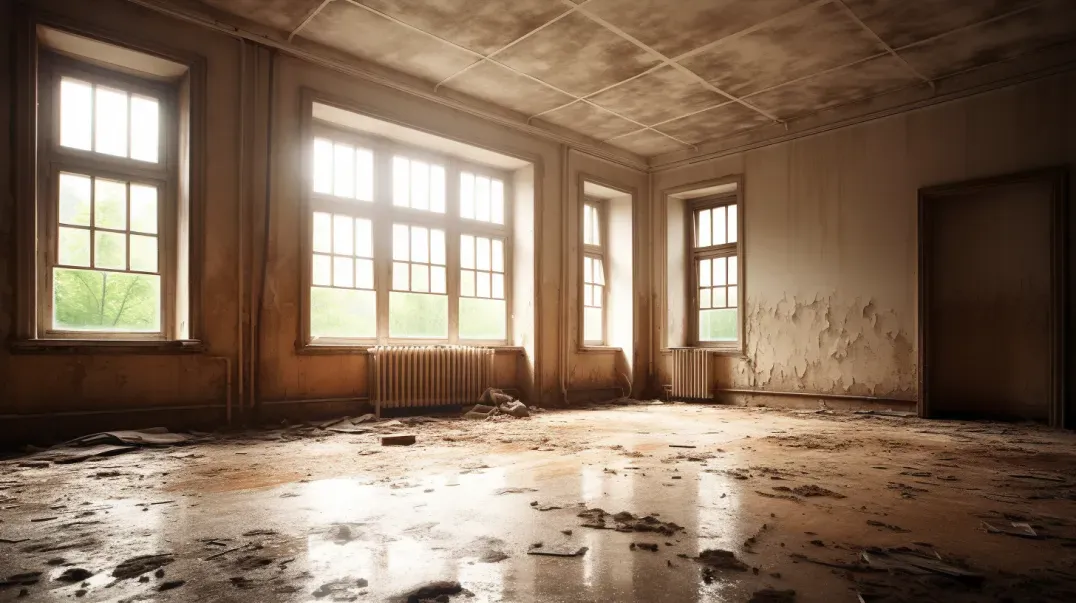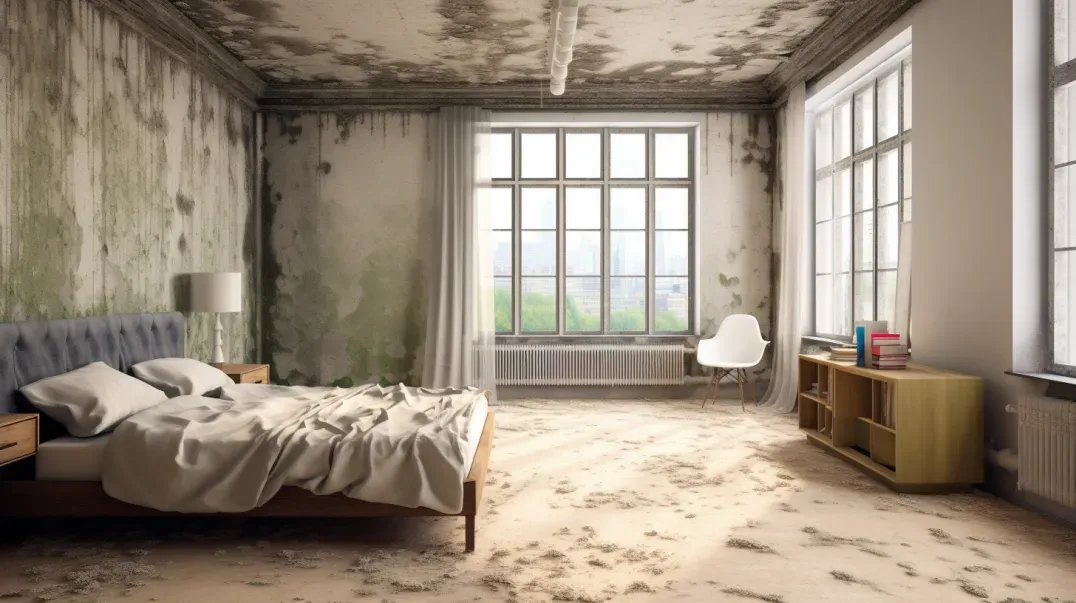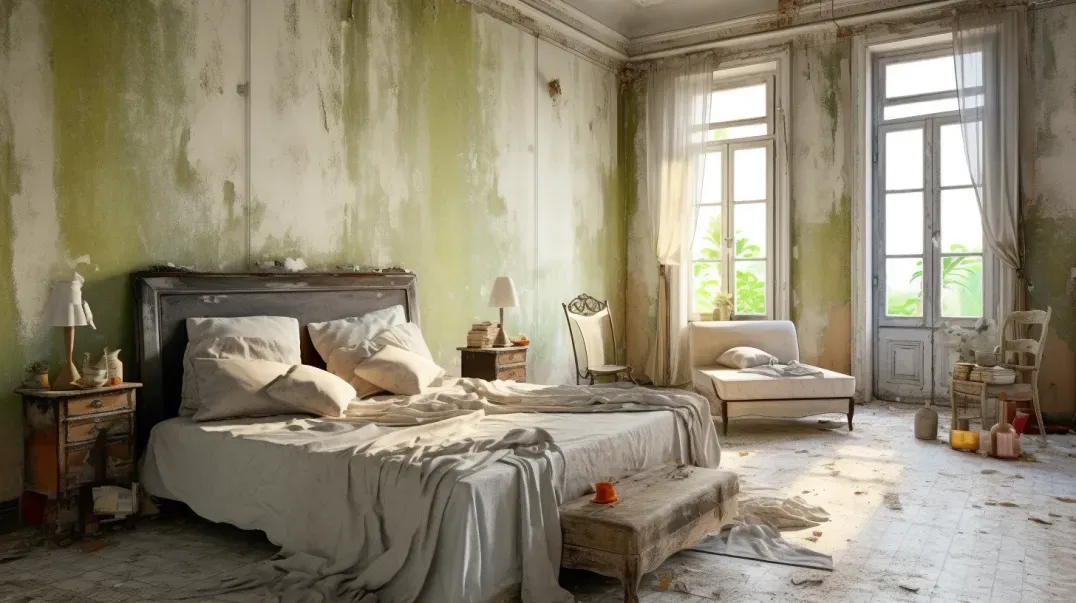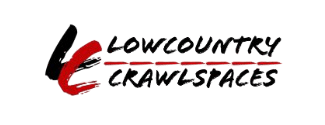Mold Prevention in the Kitchen: A Step-by-Step Guide
Mold: it's a word that can evoke concern and the need for immediate action in homeowners and residents alike. Not only is mold unsightly, but its presence can also pose significant risks to our health and the cleanliness of our living environments. Understanding the importance of mold prevention is crucial in maintaining a safe, healthy, and clean home.
Mold thrives in moist, warm conditions, often proliferating unseen in our homes' nooks and crannies—behind walls, under floors, or within damp basements. Its ability to grow unnoticed makes it a silent adversary to health, capable of causing a range of respiratory issues, allergic reactions, and even more severe health complications over time. Thus, the emphasis on mold prevention cannot be overstated; it is not merely a matter of maintaining the aesthetic appeal of our homes but, more importantly, safeguarding the health of its inhabitants.
Moreover, the presence of mold can significantly impact the cleanliness of our living spaces. Mold spores, once airborne, can settle on various surfaces, contributing to a decline in the overall cleanliness and air quality of our homes. This makes mold prevention not only a health concern but also a cleanliness imperative, ensuring that our homes remain sanctuaries of wellness and hygiene.
In this blog, we will explore the multifaceted importance of mold prevention, delving into its health implications, the risks it poses to our living environments, and practical strategies to prevent its growth. Our goal is to empower you with knowledge and tools to protect your home and health from the unseen dangers of mold, ensuring a cleaner, healthier living space for you and your loved ones.
Understanding Mold in the Kitchen
The kitchen, the heart of the home, is not just a place for culinary exploration and family gatherings; it's also a hotspot for mold growth due to its unique environment. Mold, a type of fungus that thrives in moist and warm conditions, can become an unwelcome guest in any kitchen. Understanding the common causes and potential health risks associated with kitchen mold is crucial for maintaining a healthy and clean cooking space.
Common Causes of Mold in Kitchens
Mold in the kitchen is primarily fueled by two elements: moisture and organic material. Everyday kitchen activities, such as cooking, washing dishes, and using appliances like kettles and steamers, introduce moisture into the air. When this moisture settles on surfaces, it creates an ideal environment for mold spores to grow, especially when combined with organic materials like food remnants and grease.
Typical areas in the kitchen where mold is most likely to be found include:
- Sink and Faucet Areas: Constant exposure to water and food particles makes this a prime area for mold growth.
- Refrigerators and Pantries: Spilled liquids and expired food can go unnoticed, providing mold with a perfect breeding ground.
- Under-Sink Cabinets: Leaks from pipes can create a damp environment, hidden from view, that mold thrives in.
- Appliance Seals and Drip Pans: Areas around dishwashers, refrigerators, and other appliances often harbor moisture and food debris, encouraging mold.
Health Risks Associated with Kitchen Mold
The presence of mold in a food preparation area like the kitchen poses several health risks, ranging from mild allergic reactions to more severe respiratory issues. Exposure to mold can lead to symptoms such as coughing, sneezing, throat irritation, and in some cases, exacerbation of asthma conditions. For individuals with compromised immune systems, the risks are even higher, making mold prevention and remediation a critical concern.
Mold spores can also contaminate food, leading to foodborne illnesses that can affect the health of anyone consuming the affected products. Understanding these risks is the first step in creating a proactive approach to mold prevention and ensuring the safety and cleanliness of your kitchen environment.
Step-by-Step Guide to Preventing Kitchen Mold
Mold prevention in the kitchen is essential for maintaining a healthy, clean, and safe environment for food preparation. By taking proactive steps to control moisture, ensure proper ventilation, and adhere to regular cleaning routines, you can significantly reduce the risk of mold growth. This guide provides a step-by-step approach to keeping your kitchen mold-free.
Step 1: Identify and Eliminate Moisture Sources
Moisture is the lifeblood of mold. Eliminating sources of excess moisture is the first critical step in mold prevention.
- Checking for Leaks: Regularly inspect under sinks, around appliances, and any plumbing fixtures for signs of leaks. Early detection and repair can prevent moisture accumulation that mold spores thrive on.
- Proper Drying Techniques: After washing dishes or cleaning surfaces, make sure to dry them thoroughly. Use absorbent towels to wipe down areas prone to moisture, and don't forget to dry the sink and faucet areas, which are common mold hotspots.
Step 2: Ensure Adequate Ventilation
Proper ventilation is crucial in controlling humidity levels and preventing mold growth in the kitchen.
- Use of Exhaust Fans and Windows: Whenever cooking, washing dishes, or cleaning, make sure to use exhaust fans or open windows to help remove excess moisture from the air. This practice is especially important during high-humidity days or when engaging in activities that generate a lot of steam.
- Tips for Effective Air Circulation: Ensure that your kitchen layout allows for good air flow. Use fans to help circulate air and consider using dehumidifiers if your kitchen consistently has high humidity levels.
- Step 3: Regular Cleaning Routines
Maintaining cleanliness is key to preventing mold. Regular cleaning removes food particles and residues that mold can feed on.
- Daily and Weekly Cleaning Tasks: Implement a cleaning schedule that includes wiping down countertops, cleaning appliances, and sweeping floors daily. Weekly tasks should include deep cleaning areas prone to moisture and food spillage, such as the refrigerator, microwave, and stove.
- Safe and Effective Cleaning Products: Use cleaning products designed to kill mold and prevent its growth. Natural solutions like vinegar and baking soda can be effective for regular cleaning, but for tougher mold problems, you may need to use stronger, mold-specific cleaners. Always follow the manufacturer's instructions and ensure the kitchen is well-ventilated when using these products.
Focus Areas for Mold Prevention
Maintaining a mold-free kitchen requires attention to several key areas prone to moisture and food residue. By focusing on the maintenance of your refrigerator and freezer, ensuring the cleanliness of your sink and dishwasher, and properly managing your pantry and storage areas, you can create an environment that is less hospitable to mold. Here's how to tackle these critical areas effectively.
Refrigerator and Freezer Maintenance
The refrigerator and freezer are essential for food preservation but can also become breeding grounds for mold if not properly maintained.
- Regular Cleaning and Defrosting: Schedule monthly cleanings to wipe down interior surfaces with a mild detergent or a solution of vinegar and water. Defrost the freezer regularly to prevent ice buildup, which can contribute to moisture accumulation and mold growth.
- Proper Food Storage: Use airtight containers to store leftovers, and check produce and other perishables regularly to remove anything that has spoiled. Keeping your refrigerator and freezer organized not only helps prevent mold but also improves the efficiency of these appliances.
Sink and Dishwasher Care
The sink and dishwasher are frequently wet, making them prime locations for mold development.
- Preventing Mold Around the Sink Area and in the Dishwasher: After each use, wipe down the sink and surrounding areas to remove moisture. In the dishwasher, regularly clean the filter and use a monthly cleaner to remove food particles and grease buildup.
- Importance of Fixing Leaks and Drips Promptly: Leaky faucets and pipes provide a constant source of moisture for mold. Repair any drips or leaks as soon as they are noticed to keep the area dry and mold-free.
Pantry and Storage Areas
Dry goods storage areas must be kept dry and well-ventilated to prevent mold growth on food.
- Keeping Dry Goods Storage Areas Dry and Well-Ventilated: Ensure that your pantry or storage areas are not exposed to moisture. Use silica gel packets or a dehumidifier if necessary to maintain a dry environment.
- Tips for Preventing Mold on Food: Store dry goods in airtight containers to protect them from moisture. Regularly inspect your pantry for expired items or any signs of mold and clean the shelves periodically to remove any food debris or residues.
Mold-Resistant Materials and Products
The kitchen, with its high humidity and potential for water spills, is a common battleground for mold. However, equipping it with mold-resistant materials and products can significantly reduce the risk of mold growth, ensuring a healthier and cleaner space. This section explores the best materials for kitchen surfaces and the most effective mold-inhibiting products.
Choosing Mold-Resistant Materials for Kitchen Surfaces
When renovating or updating your kitchen, selecting the right materials can make a difference in preventing mold growth. Here are recommendations for countertops, cabinets, and flooring that combine functionality with mold resistance:
- Countertops: Opt for non-porous materials such as quartz, stainless steel, or high-quality laminate. These surfaces resist moisture absorption, making them less hospitable to mold growth compared to porous materials like wood or certain types of stone.
- Cabinets: Consider solid wood cabinets treated with a mold-resistant sealant or those made from metal or high-pressure laminate. These materials can withstand the humid conditions of a kitchen without warping or fostering mold.
- Flooring: Vinyl, tile, or high-pressure laminate flooring are excellent choices for mold resistance. Avoid using carpet in the kitchen, as it can trap moisture and promote mold growth.
Additionally, the benefits of using mold-resistant paint and sealants cannot be overstated. Mold-resistant paints contain antimicrobial agents that prevent mold spores from thriving on your walls. Sealants, especially in areas prone to moisture like around the sink and windows, can prevent water intrusion and provide an additional layer of protection against mold.
Mold-Inhibiting Products for the Kitchen
Beyond structural materials, incorporating mold-inhibiting products into your kitchen maintenance routine can further safeguard against mold. These products range from natural solutions to commercial formulations designed to target and prevent mold growth:
- Natural Products: White vinegar, tea tree oil, and grapefruit seed extract are natural mold inhibitors. These can be diluted with water and used as effective cleaning agents on surfaces to kill mold spores and prevent their growth.
- Commercial Products: Look for EPA-registered mold and mildew inhibitors and cleaners. These products are specifically formulated to combat mold growth and can be used on various surfaces, including countertops, sinks, and appliances.
How and When to Use These Products Effectively:
- Regular cleaning with the chosen products is key to preventing mold. Weekly cleaning routines can keep mold at bay, while immediate clean-up after spills prevents moisture accumulation.
- For natural products, a spray bottle mixture for easy application and regular wiping down of surfaces can maintain a mold-resistant environment.
- Commercial products often come with specific instructions for use; following these closely will ensure the effectiveness of the product and the safety of your kitchen surfaces.
Dealing with Existing Mold
Discovering mold in your home can be unsettling, but addressing it promptly is crucial for maintaining a healthy living environment. Whether you're facing a small mold issue that can be handled with DIY methods or a larger problem requiring professional intervention, understanding safe mold removal practices and knowing when to call in the experts are essential steps in effectively dealing with existing mold.
Safe Mold Removal Practices
For small areas of mold (no larger than about 10 square feet), DIY removal can be an effective approach. Here are some guidelines for safe mold removal:
- DIY Methods for Removing Small Mold Patches: Wear protective gear, such as gloves, goggles, and a mask, to prevent mold spore inhalation. For non-porous surfaces, a solution of water and detergent can be used to scrub the mold away. Ensure the area is well-ventilated during and after the process.
- Natural Solutions for Mold Cleaning: For a more natural approach, consider using white vinegar, which can kill most mold species. Spray undiluted vinegar on the affected area, let it sit for an hour, and then wipe clean with water and dry thoroughly. Another option is a baking soda solution, which can be used to scrub mold off surfaces and absorb moisture that encourages mold growth.
When to Call in the Professionals
While small mold patches can often be managed with DIY methods, there are situations where professional mold remediation is necessary:
- Recognizing Situations That Require Professional Mold Remediation: If the mold covers a large area (more than 10 square feet), if it's caused by sewage or contaminated water, or if you have health concerns that make mold exposure risky, it's time to call in the professionals. Additionally, if mold returns after DIY cleaning, this may indicate an underlying issue that requires expert attention.
- What to Expect from a Professional Mold Removal Service: Professional mold remediation services start with an assessment to identify the extent and source of the mold. They use specialized equipment to safely remove mold and contaminated materials, and they take steps to prevent future mold growth, such as addressing moisture problems. Professionals also ensure that the area is properly contained and ventilated to prevent the spread of mold spores to other parts of the home.
FAQs
Contact Lowcountry Crawlspaces Today!
Lowcountry Crawlspaces will do everything we can to ensure your experience with us is excellent.
Request A FREE Estimate
CHECKOUT RECENT POST



Schedule Your FREE Crawl Space Evaluation Today
There Is No Crawl Space Job We Can’t Fix!




